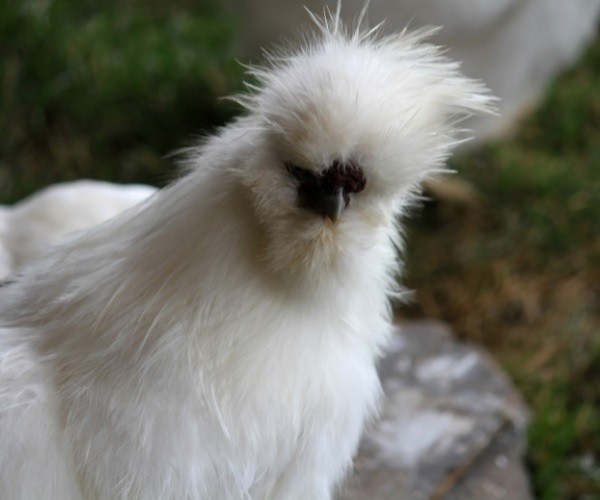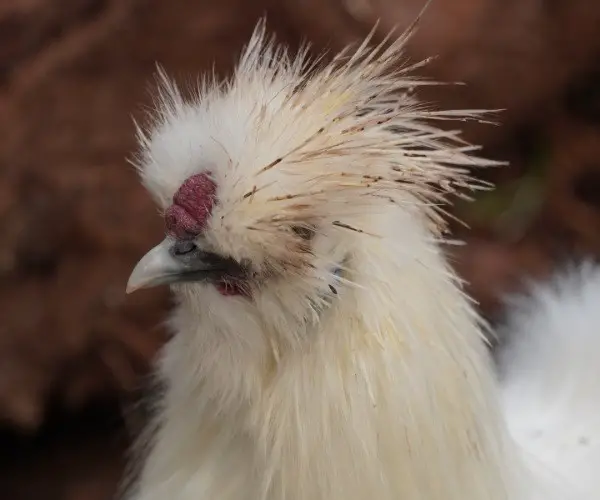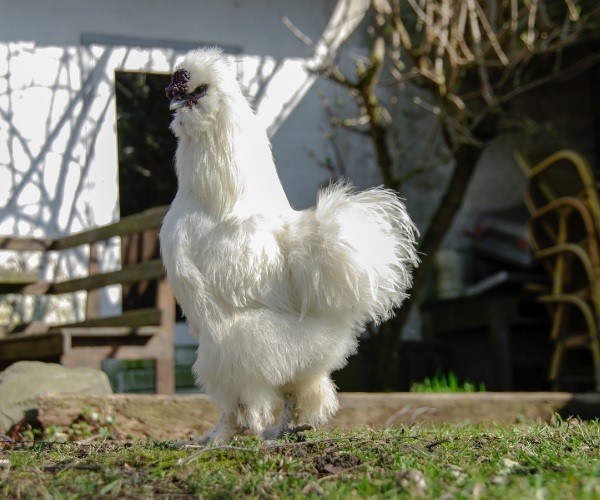With the many varieties of chicken available, silkies are the unique, are more beautiful, and friendly. They also make great pets as they are easy to care for and inexpensive to keep. They are named from their fluffy plumage that feels like silk.
An old saying is that it’s difficult to tell male and female silkies apart at a younger age. Unlike other chicken breeds, silkies take longer to mature, and no silkie owner wants to wait until they lay eggs or crow to know their sex.
It gets more challenging to tell the difference at a younger age because male and female silkies have similar features, coloring, and plumage, especially the crest plumage, which is ideally used to tell gender differences in chicken breeds.
Without a DNA test, determining the sex of your silkie remains an educated guess. However, as they mature, they develop some distinctive features that you can use to tell a male and female silkie apart. Here are some helpful hints and ways that you can use to say to a male and female silkie apart.
Physical Appearance

As male and female silkies age and mature from 6-9 weeks, some physical appearance becomes distinct, and you can use them to tell which silkie is male and one that is female. Some of the physical traits you can use to tell them apart include:
Size
Male silkies tend to be larger, sturdy, and heavier than females. They also have larger feet, thicker legs, and longer hackle feathers that are rough in texture. On the other hand, females tend to be smaller and lighter than male silkies.
Wings
One of the simplest ways to tell the difference between male and female silkies is by looking at their wings. Male wings tend to be more fluffy, while female wings are more defined. This is noticeably when chicks are less than a week old. Also, the male wings tend to be slightly shorter at this age, unlike females that reach the tail, appearing somewhat longer.
Comb and Wattles

Male silkies typically have a larger, rounder, wider comb that is u-shaped, while females have a tapered v-shaped comb that is slightly smaller than the males. Also, male silkies usually develop combs and wattles earlier than females, around 4-5 months.
When you have a mixed brood, you will notice that some chicks will start developing combs and wattles while others don’t. Female silkies usually grow wattles when they begin laying eggs at the age of 6-9 months.
Those who develop earlier tend to be males, and those who develop later tend to be females. Males have a larger and longer wattle too than females.
Crown
Also known as crest, crown feathers appear at the top of the silkie’s head. This is one of the distinguishing physical features you can use to distinguish between male and female silkies.
At 8 weeks, male silkies have longer strands of feathers, and the crest tends to take a square shape. On the other hand, females tend to have a more rounded and tight crest.
Plumage
Like most birds, male silkies have more brightly colored feathers than females. Male silkies have longer feathers poking out among the fluffy feathers.
Also, around the neck, they have pointed hackles and sandal feathers. Another way to tell between a male and female silkie is by looking at the end of their tails. Males will have pointier feathers than females.
Feet Feathering
Silkies are unique since they belong to the few breeds with feathers on their feet. The male silkies have feathers that are more and thicker in toes than the females who have tiny feathers on their feet.
Spurs
Though this is not a trait to sex silkies at an early stage, the males will start developing spurs at six months. Females, on the other hand, do not develop spurs.
Body Positioning

Body positioning is one of the easiest ways to tell between a male and female silkie. Usually, males tend to stand more upright, position their chests forward, and elongate their neck.
They also hold their tails more upright, making them appear taller than the females. On the other hand, female silkies keep their bodies horizontal to the ground resembling a boat shape.
Personality and Behavioral Signs
While silkies are a friendly breed, males will always show some bossy traits like becoming protective and getting physical. They are more curious and lead the way to show the food. They also tend to get territorial over their flock.
Vent Sexing

This is a professional way to tell the sex of chicks. It’s done by holding the silkie upside down and examining the vent. They look for evidence if a male organ is developing. If there is a small bump, the silkie is male.
DNA
This is one of the most accurate ways to tell the difference between the male and female silkies. It can be done with a sample of blood, eggshell, or feather clippings.
Conclusion
With all these many ways to tell the difference between male and female silkies, it’s still harder to sex silkies. It is more challenging in the early stages when physical and behavioral traits are not yet defined.
All these methods can give you a clue if your silkie is male or female. If you want accurate results, opt for the DNA method.
Last Updated on November 1, 2023 by Pauline G. Carter

